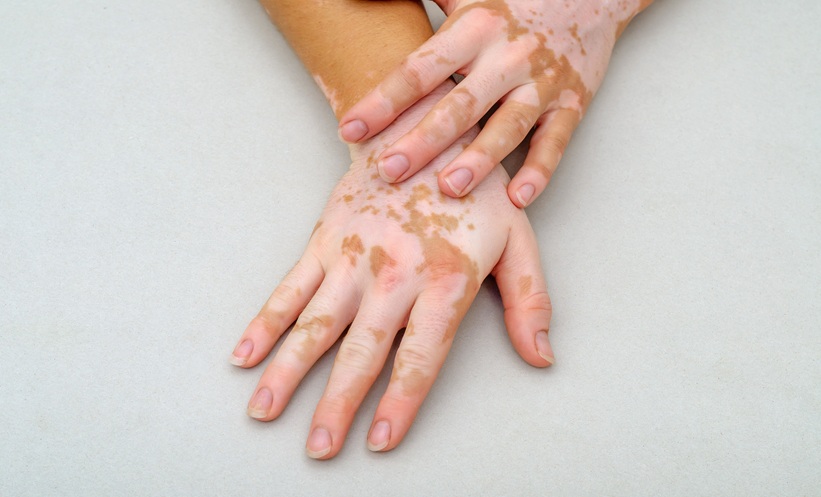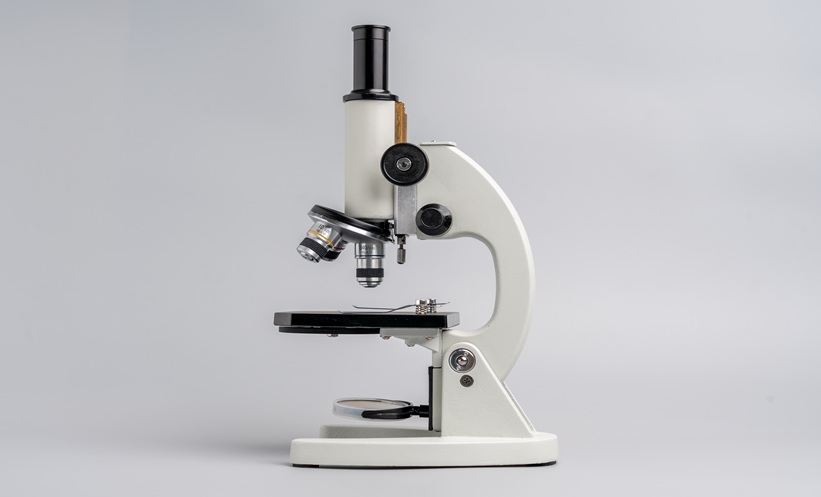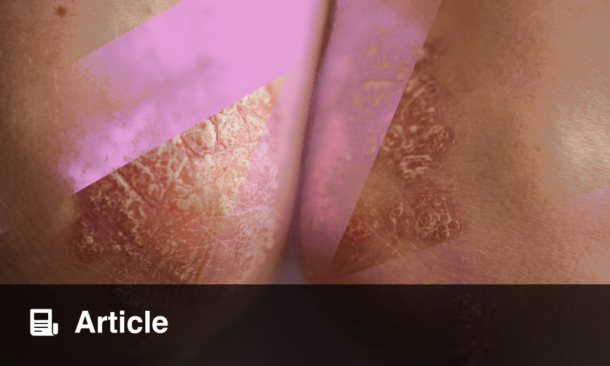IN a new network meta-analysis evaluating treatments for vitiligo, researchers have identified the most effective combinations of phototherapy and topical therapies, offering clinicians fresh insights into optimizing patient outcomes. The findings, drawn from 27 randomized controlled trials involving over 2,400 vitiligo lesions, highlight the potential of combination strategies, particularly those that pair phototherapy with antioxidants, corticosteroids, or calcineurin inhibitors.
Vitiligo, a chronic skin condition characterized by depigmented patches, has long challenged dermatologists in search of reliable, long-lasting treatment options. In this study, researchers compared narrowband ultraviolet B (NB-UVB) and 308-nm excimer laser/light (EL) when used in conjunction with various topical therapies. Using surface under the cumulative ranking (SUCRA) curves, they assessed the likelihood of each combination to achieve significant levels of repigmentation.
For achieving at least 50% repigmentation, the most effective treatment combination was phototherapy with antioxidants (SUCRA 87.7), followed by phototherapy with corticosteroids (SUCRA 69.6) and calcineurin inhibitors (SUCRA 52.5). When evaluating for more substantial repigmentation (≥75%), antioxidants once again led the pack (SUCRA 89.0), trailed by calcineurin inhibitors (SUCRA 70.3) and fractional CO₂ laser (SUCRA 63.6).
These findings suggest that clinicians should consider incorporating antioxidant-based topicals alongside phototherapy when aiming for higher repigmentation thresholds. Notably, antioxidants outperformed both corticosteroids and immunomodulators in both efficacy tiers, potentially redefining frontline combination strategies for managing vitiligo.
The study provides a valuable reference point for U.S. healthcare professionals seeking to tailor vitiligo management plans to individual patient needs.
Reference: Luo L et al. The efficacy of combined phototherapy with topical therapy in vitiligo: a network meta-analysis. J Dermatolog Treat. 2025;36(1):2483808.








